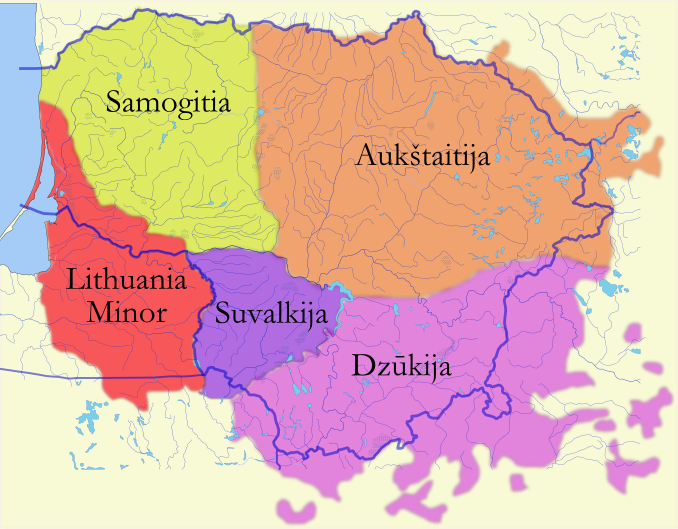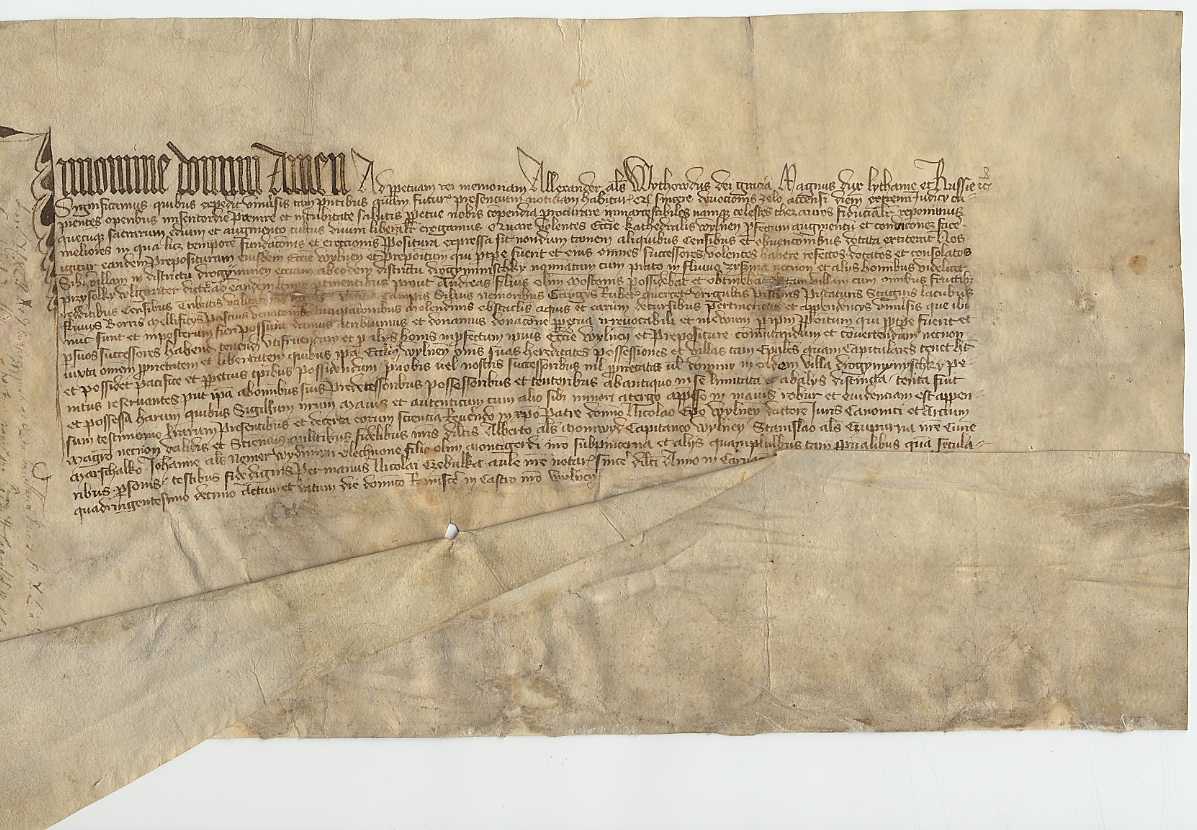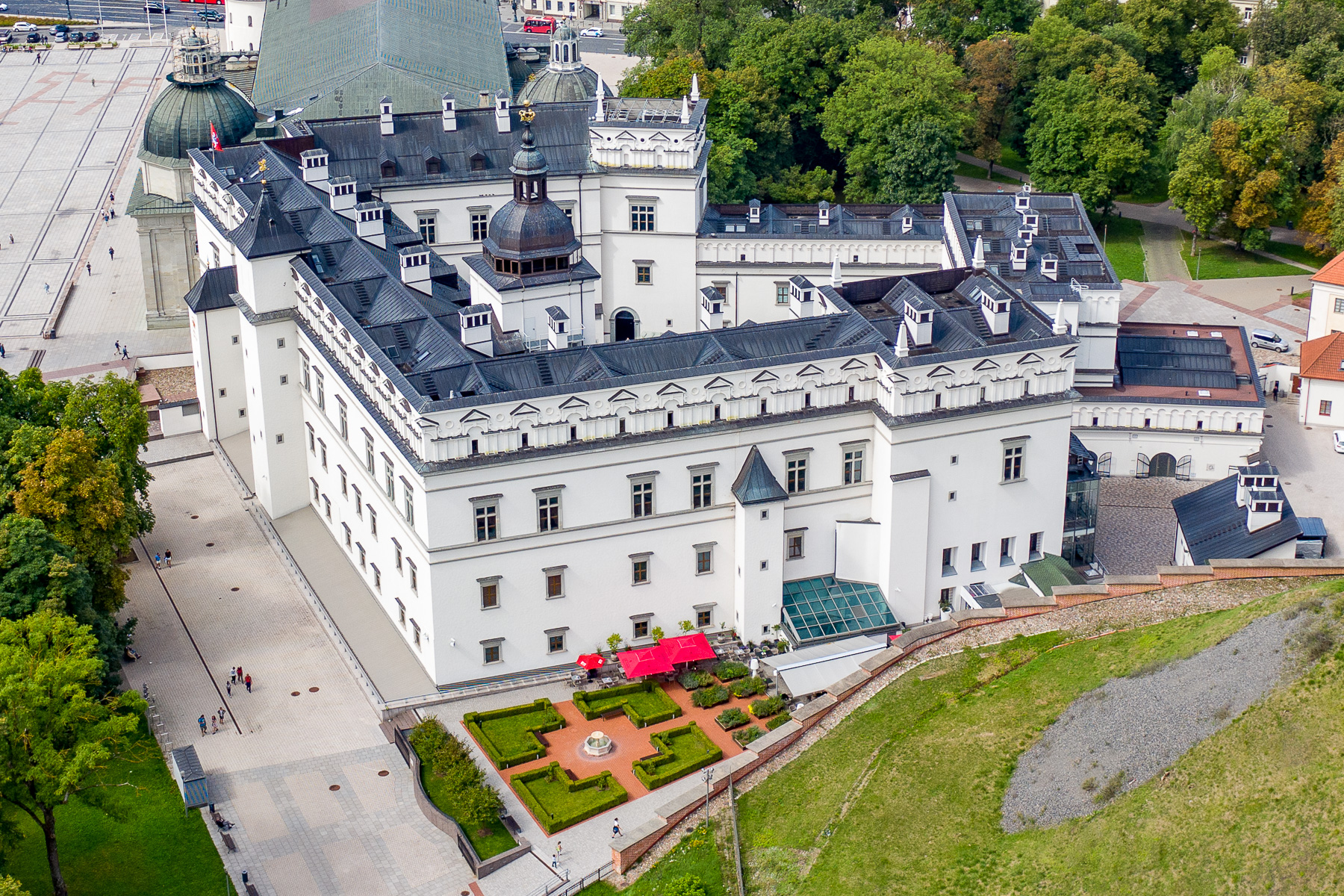|
Trakai
Trakai (; see Trakai#Names and etymology, names section for alternative and historic names) is a city and lake resort in Lithuania. It lies west of Vilnius, the capital of Lithuania or just from the administrative limits of the Lithuanian capital city. Because of its proximity to Vilnius, Trakai is a popular tourist destination. Trakai is the administrative centre of Trakai district municipality. The city is inhabited by 5,357© Department of Statistics to the Government of the Republic of Lithuania M3010210: Population at the beginning of the year. people, according to 2007 estimates. A notable feature of Trakai is that the city was built and preserved by people of different nationalities. Historically, communities of Crimean Karaites, Karaims, Lipka Tatars, Tatars, Lith ... [...More Info...] [...Related Items...] OR: [Wikipedia] [Google] [Baidu] |
Trakai Island Castle
Trakai Island Castle () is an island castle located in Trakai, Lithuania, on an island in Lake Galvė. The construction of the stone castle was begun in the 14th century by Kęstutis, and around 1409 major works were completed by his son Vytautas the Great, who died in this castle in 1430. Trakai was one of the main centers of the Grand Duchy of Lithuania and the castle held great strategic importance. The castle was rebuilt in the 1950s–1960s by Lithuanian initiative, although it had received resistance from Soviet authorities. The Trakai History Museum was established after the reconstruction. Construction First phase Trakai Island Castle was built in several phases. During the first phase, in the second half of the 14th century, the castle was constructed on the largest of three lake islands by the order of Grand Duke Kęstutis. The construction of Trakai Island Castle was related to the expansion and strengthening of the Trakai Peninsula Castle. Kęstutis moved his mai ... [...More Info...] [...Related Items...] OR: [Wikipedia] [Google] [Baidu] |
Crimean Karaites
Crimean Karaites or simply Karaites (Crimean Karaim language, Karaim: Кърымкъарайлар, ''Qrımqaraylar'', singular къарай, ''qaray''; Trakai dialect: ''karajlar'', singular ''karaj''; ; ; ), also known more broadly as Eastern European Karaites, are a traditionally Turkic languages, Turkic-speaking Jews, Judaic ethnoreligious group native to Crimea. Nowadays, most Karaim in Eastern Europe speak the dominant local language of their respective regions. The Karaite religion, known in Eastern Europe as Karaism, split from mainstream Rabbinical Judaism in the 19th and 20th centuries, though differences date back to the 12th century. They have lived alongside Krymchaks. Most Karaites in the region do not consider themselves to be Jews, associating the ethnonym with Rabbinical Jews alone, but rather consider themselves to be descendants of the Khazars, Jewish schisms, non-Rabbinical Judeans, or other Turkic peoples. Research into the origins of the Karaites indicates t ... [...More Info...] [...Related Items...] OR: [Wikipedia] [Google] [Baidu] |
Trakai District Municipality
Trakai District Municipality is one of 60 municipalities in Lithuania. It has significant Polish minority population in Lithuania, with more than quarter of the population claiming Polish ethnicity. Elderships Trakai District Municipality is divided into 8 elderships: History The Trakai district became significant early in its history due to the Old Trakai Castle built by the Grand Duke Gediminas in the 13th century. Many other castles were built in the area soon after this one, including the Trakai Peninsula Castle and the Trakai Island Castle. For many years, it has been distinguished from much of the rest of Lithuania in having other ethnic groups such as Karaims, Tatars, Russians and Poles living in the vicinity. Settlements Trakai was an area holding great significance in the Grand Duchy of Lithuania. The Trakai region began to decline politically and economically in the 16th century. During the wars with Russia, Trakai was continually attacked and razed. It has b ... [...More Info...] [...Related Items...] OR: [Wikipedia] [Google] [Baidu] |
Dzūkija
Dzūkija () or Dainava is one of five ethnographic regions of Lithuania. Dzūkija is a cultural region defined by traditional lifestyles and dialects of the local Lithuanian population (mostly rural farmers) and has never been defined as a political or administrative unit. Traditionally, Alytus is regarded as the capital of the region and largest city. Although Vilnius is surrounded by Dzūkija, the city itself is not considered as a part of any ethnographic region in most cases. Geography Dzūkija is situated in southeastern Lithuania, and consists of Alytus County and southern Vilnius County. Historically, it extended into what is now northeastern Poland (Podlaskie Voivodeship) and northwestern Belarus ( Grodno Region). Large parts of Dzūkija have light sandy soil, unsuited for agriculture. Therefore, the region is densely covered with pine forests, one of which is Dainava Forest, the largest in Lithuania. The Čepkeliai Marsh, the largest swamp in Lithuania, is situated ... [...More Info...] [...Related Items...] OR: [Wikipedia] [Google] [Baidu] |
Trakai Peninsula Castle
Trakai Peninsula Castle is one of the castles in Trakai, Lithuania. It is located on a peninsula between southern Lake Galvė and Lake Luka. Built around 1350–1377 by Kęstutis, Duke of Trakai, it was an important defensive structure protecting Trakai and Vilnius, capital of the Grand Duchy of Lithuania, against attacks of the Teutonic Knights. Much of the castle was destroyed in the 17th century. Remaining walls and towers are preserved and protected by the Trakai Historical National Park. The castle had seven towers connected by a high wall. The three largest towers, measuring , protected the most vulnerable southwestern flank. A wide moat separated the structure from the town. The castle was attacked in 1382 and 1383 (during the Lithuanian Civil War (1381–1384), civil war of 1381–1384) and in 1390 (during the Lithuanian Civil War (1389–1392), civil war of 1389–1392). After the 1422 Treaty of Melno, the castle lost its significance as a defensive structure. It is know ... [...More Info...] [...Related Items...] OR: [Wikipedia] [Google] [Baidu] |
Vytautas
Vytautas the Great (; 27 October 1430) was a ruler of the Grand Duchy of Lithuania. He was also the prince of Grodno (1370–1382), prince of Lutsk (1387–1389), and the postulated king of the Hussites. In modern Lithuania, Vytautas is revered as a Folk hero, national hero and was an important figure in the Lithuanian National Revival, national rebirth in the 19th century. ''Vytautas'' is a popular male given Lithuanian name, name in Lithuania. In commemoration of the 500-year anniversary of his death, Vytautas Magnus University was named after him. Monuments in his honour were built in many towns in independent Lithuania during the History of Lithuania#Independent interwar Lithuania (1918–1940), interwar period from 1918 to 1939. Vytautas knew and spoke the Lithuanian language with his cousin Władysław II Jagiełło, Jogaila. Struggle for power 1377–1384 Vytautas' uncle Algirdas had been Grand Duke of Lithuania until his death in 1377. Algirdas and Vytautas' father K� ... [...More Info...] [...Related Items...] OR: [Wikipedia] [Google] [Baidu] |
Trakai Kenesa
The Trakai Kenesa is a former Qaraite Jewish congregation and synagogue, or kenesa, located at 30 Karaimų Street, in Trakai, in the Vilnius County of Lithuania. Designed in the Baroque Revival style, the wooden synagogue was completed in , restored in the 1890s. Built on a rectangular plan and covered with a hipped roof with a small annex, the synagogue was larger than the surrounding houses. The building is a rare example of one of the surviving kenesas of the former Polish–Lithuanian Commonwealth. The building now operates as a Jewish museum. See also * History of the Jews in Lithuania * Lithuanian Jews Notes References Further reading * External links 19th-century synagogues in Lithuania Baroque Revival architecture in Lithuania Baroque Revival synagogues Kenesa A kenesa ( Karaim: כְּנִיסָא ''kǝnîsāʾ'') is an Eastern European or Persian Karaite synagogue. Kenesas are similar to Rabbinical synagogues. In Eastern Europe, they ... [...More Info...] [...Related Items...] OR: [Wikipedia] [Google] [Baidu] |
Elderships Of Lithuania
A ''seniūnija'' (in English: eldership, elderate, ward, parish, or subdistrict) is the smallest Subdivisions of Lithuania, administrative division of Lithuania. An eldership may comprise a very small region consisting of few villages, one single town, or a part of a big city. Elderships vary in size and population depending on their location and nature. A few elderships make up a municipality. Šilainiai, Dainava (Kaunas), Dainava, Verkiai, Žirmūnai and Pašilaičiai are the most populous elderates, with population counts over , around twice the population of some entire municipalities. Elderships manage small-scale local matters, such as repairing pavements and dirt roads, and keep records on all families living in the eldership. The premise of the concept is that — unlike in higher administrative divisions — an Elder (administrative title), elder (the leader of the eldership) could have time to talk to every person in the eldership who wants to. Modern Lit ... [...More Info...] [...Related Items...] OR: [Wikipedia] [Google] [Baidu] |
Vilnius County
Vilnius County () is the largest of the 10 counties of Lithuania, located in the east of the country around the city Vilnius and is also known as Capital Region or Sostinės regionas by the State Data Agency, Lithuanian statistics department and Eurostat. On 1 July 2010, the county administration was abolished, and since that date, Vilnius County remains as a territorial and statistical unit. History Until the Partitions of the Polish–Lithuanian Commonwealth in late 18th century the area belonged to the Vilnius Voivodship and Trakai Voivodship of the Polish–Lithuanian Commonwealth. In the Russian Empire it belonged to the Northwestern Krai and approximately corresponded to its Vilna Governorate (as of 1843). During World War I, following the German offensive of 1915, it was occupied by the Germany, German army. After the war, some parts of the area was ruled by local Poland, Polish self-government established after the German Ober-Ost army withdrew from the area. Following ... [...More Info...] [...Related Items...] OR: [Wikipedia] [Google] [Baidu] |
List Of Lithuanian Monarchs
This is a list of Lithuanian monarchs who ruled Lithuania from its inception until the fall of the Grand Duchy of Lithuania in 1795. The Lithuanian monarch bore the title of Grand duke, Grand Duke, with the exception of Mindaugas, who was crowned king in 1253. Other Lithuanian rulers, such as Vytautas the Great, also attempted to secure a royal coronation, but these efforts were unsuccessful.Nadveckė, Ineta (6 July 2019Trys Lietuvos karaliai: vienas tikras, vienas nelabai ir vienas beveik''Lithuanian National Radio and Television, LRT''. Until 1569, the Lithuanian monarchy was hereditary. In 1386, Grand Duke Jogaila was elected King of Poland. From that point onward, with some interruptions, the two states were united in a personal union, sharing a common ruler until 1569, when they were formally merged by the Union of Lublin to form the Polish–Lithuanian Commonwealth. The monarch of this new state was elected in a free election by the entire nobility. From the Christianizat ... [...More Info...] [...Related Items...] OR: [Wikipedia] [Google] [Baidu] |
Church Of The Visitation Of The Blessed Virgin Mary, Trakai
St. Mary Church in Trakai, Lithuania, is a Roman Catholic church. It was founded by Vytautas the Great Vytautas the Great (; 27 October 1430) was a ruler of the Grand Duchy of Lithuania. He was also the prince of Grodno (1370–1382), prince of Lutsk (1387–1389), and the postulated king of the Hussites. In modern Lithuania, Vytautas is revere ... in 1409 and constructed in gothic style. Later it was significantly altered during the Baroque period, and its current appearance is mostly defined by these alterations. The main altarpiece contains the icon, The Mother of God of Trakai. Sources * Tomasz Krzywick. Litwa: przewodnik, Oficyna Wydawnicza "Rewasz", 2005, p. 402 (in Polish). {{Coord, 54, 38, 34.3, N, 24, 56, 4, E, display=title Buildings and structures in Trakai Roman Catholic churches in Lithuania Tourist attractions in Vilnius County ... [...More Info...] [...Related Items...] OR: [Wikipedia] [Google] [Baidu] |






